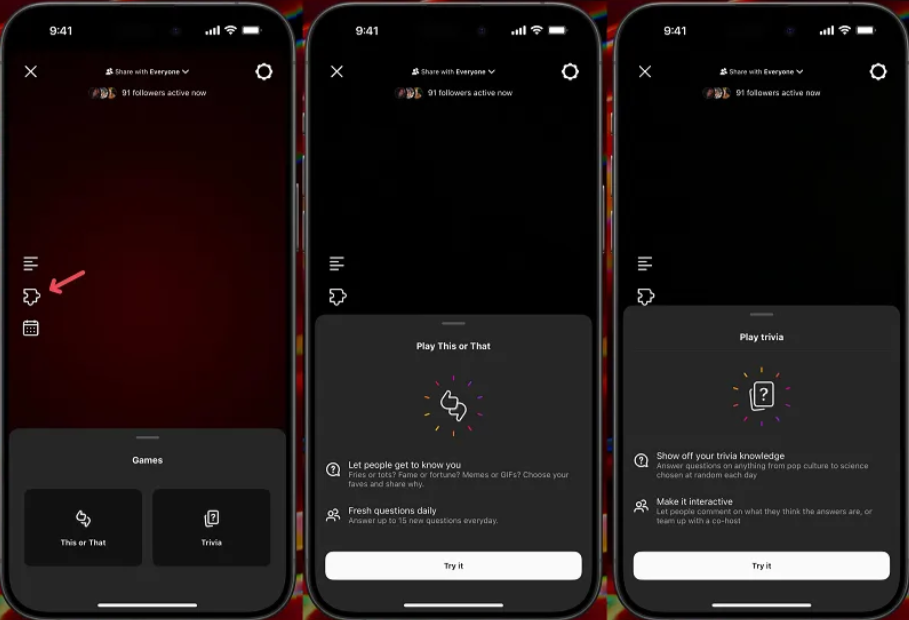As a marketing manager, Sarah pondered a crucial question: How valuable is our brand? Understanding and measuring brand equity would guide her company’s future strategies. Determined to uncover the secrets of brand equity, she embarked on a journey armed with curiosity.
The Essence of Brand Equity
Brand equity adds value to products or services beyond their functional benefits, comprising several components:
– Brand Awareness: The familiar face in a crowd.
– Brand Loyalty: The steadfast friend.
– Perceived Quality: The reputation that speaks volumes.
– Brand Associations: Stories and emotions tied to the brand.
– Proprietary Brand Assets: Patents, trademarks and unique relationships.
Why Measure Brand Equity?
Understanding the value of these components provides:
– Informed Marketing Strategies: Tailoring efforts to strengthen weak areas.
– Business Decision-Making: Guiding product development and pricing.
– Consumer Behavior Insight: Crafting better customer experiences.
– Financial Performance: Enhancing revenue and profitability.
Tools and Techniques for Measuring Brand Equity
Brand Valuation Models
Financial Metrics: Assign monetary value to brand equity using:
– Interbrand’s Brand Valuation
– Brand Finance
– Millward Brown’s BrandZ
Pros: Clear monetary value for mergers and acquisitions.
Cons: Complex and costly to implement.
Customer-Based Brand Equity (CBBE) Model
Keller’s CBBE Model: A pyramid structure with four levels:
– Brand Identity
– Brand Meaning
– Brand Responses
– Brand Resonance
Application: Systematically construct and measure brand equity.
Brand Equity Index
Combines metrics like brand strength, stature and potential into a composite score.
Net Promoter Score (NPS)
Measures customer loyalty by asking how likely they are to recommend the brand.
Pros: Simple and quick.
Cons: May not capture all aspects of brand equity.
Brand Tracking Studies
Use surveys to measure brand awareness, usage, perception and loyalty. Case studies can reveal shifts in consumer perceptions and inform rebranding efforts.
Social Media Analytics
Tools like Hootsuite and Brandwatch analyze consumer sentiments and engagement metrics (likes, shares, comments). A strong social media presence significantly impacts brand equity.
Market Share Analysis
Reflects brand equity through changes in market share. Competitive benchmarking helps gauge relative brand strength.
Qualitative Research
Conduct focus groups and interviews to gather in-depth insights into consumer perceptions and associations.
Combining Methods for Comprehensive Measurement
Triangulation: Use multiple methods for a holistic view of brand equity.
Data Integration: Combine quantitative and qualitative data for deeper insights.
Case Studies
Coca-Cola: Uses brand valuation, consumer surveys and social media analytics to maintain and grow brand equity.
Nike: Employs NPS, brand tracking studies and qualitative research to stay ahead of market trends and consumer preferences.
Measuring brand equity is vital for understanding a brand’s value, making informed decisions and driving growth. By adopting a systematic approach and utilizing a combination of tools and techniques, businesses can unlock the true value of their brand and steer it towards success.
Additional Resources
– Books: “Building Strong Brands” by David A. Aaker, “Strategic Brand Management” by Kevin Lane Keller.
– Articles: “The Brand Value Pyramid” by Interbrand, “Measuring Brand Equity” by Millward Brown.
– Tools: Brand valuation software, social media analytics tools, and survey platforms.
Armed with these tools and insights, Sarah felt prepared to measure and enhance her brand’s equity, ensuring its enduring value and success in the competitive business landscape.








